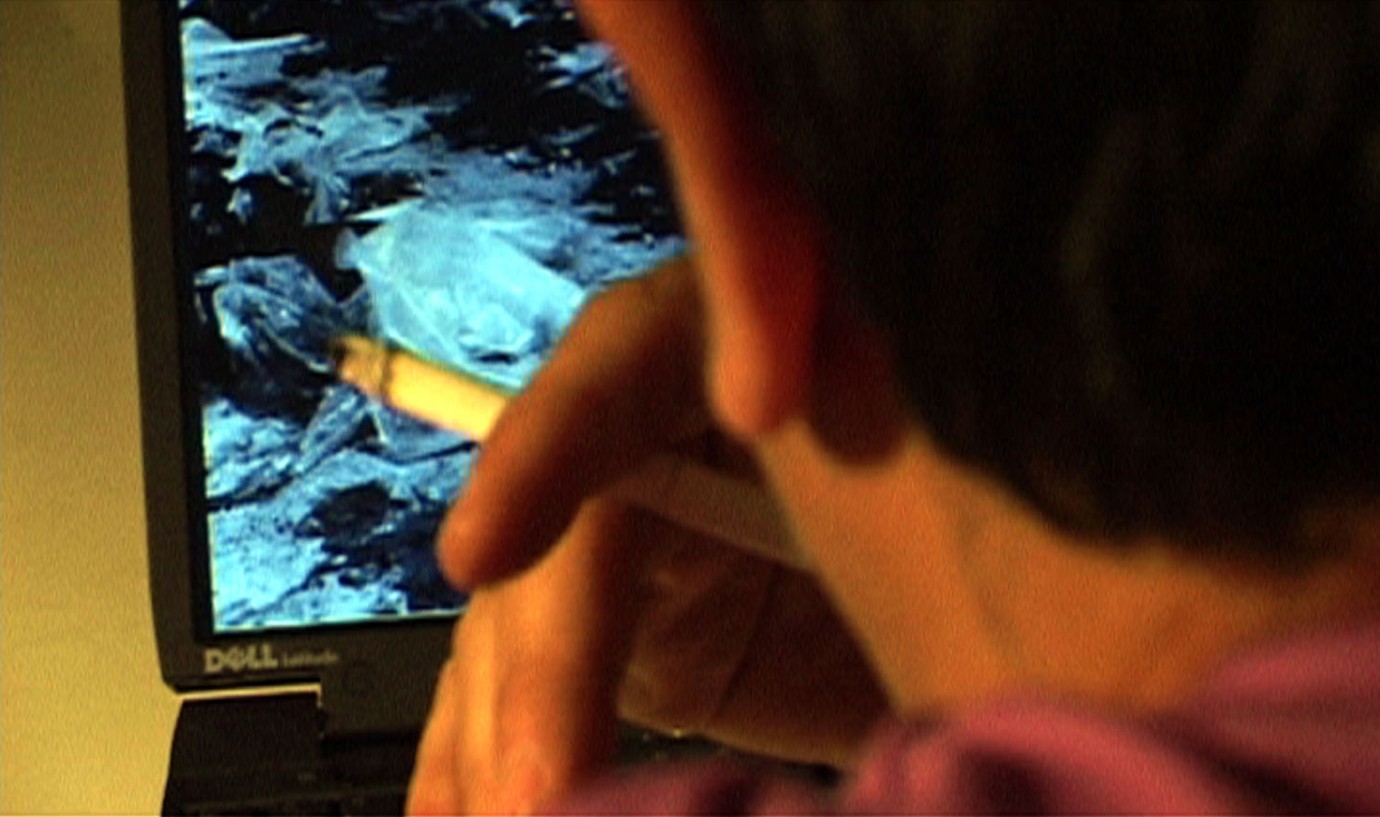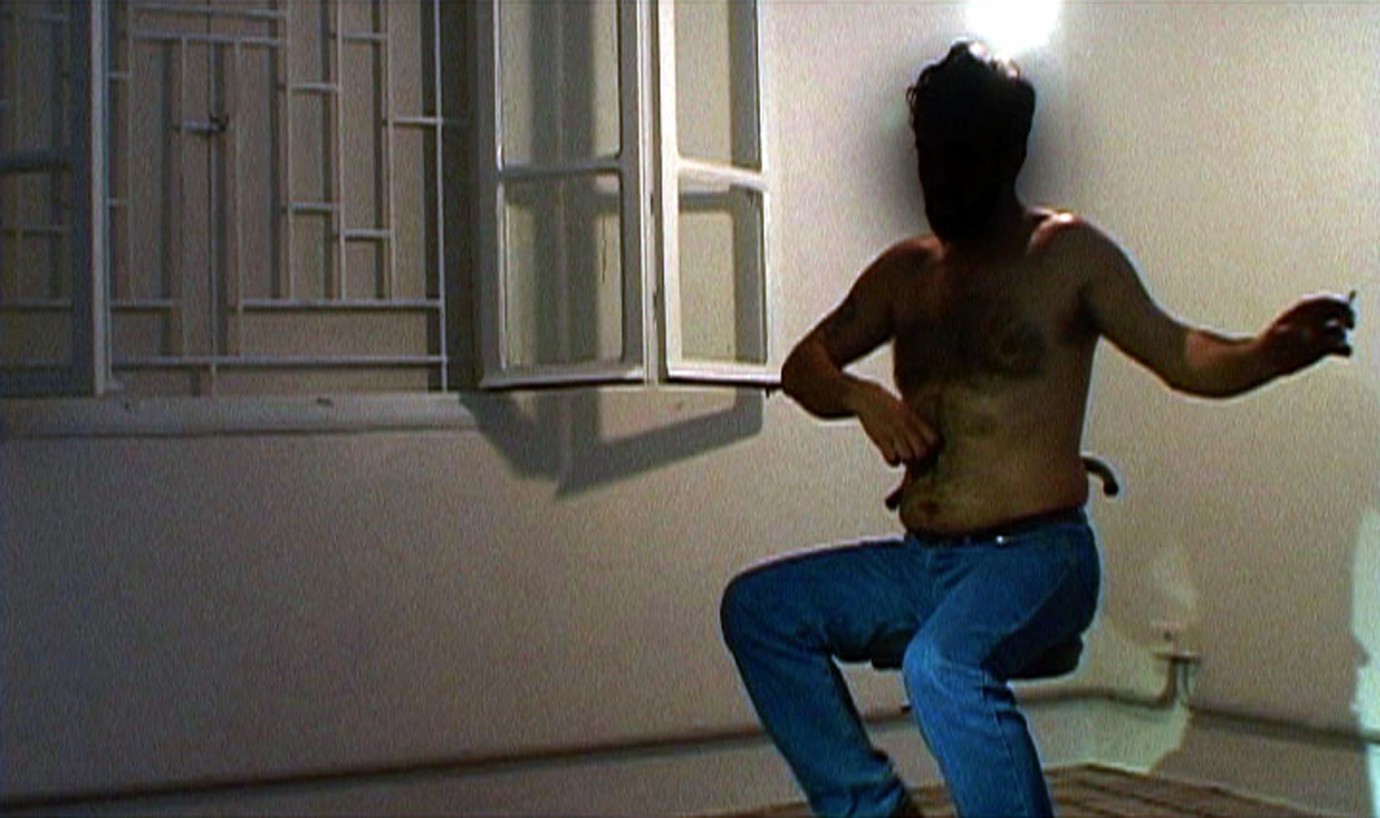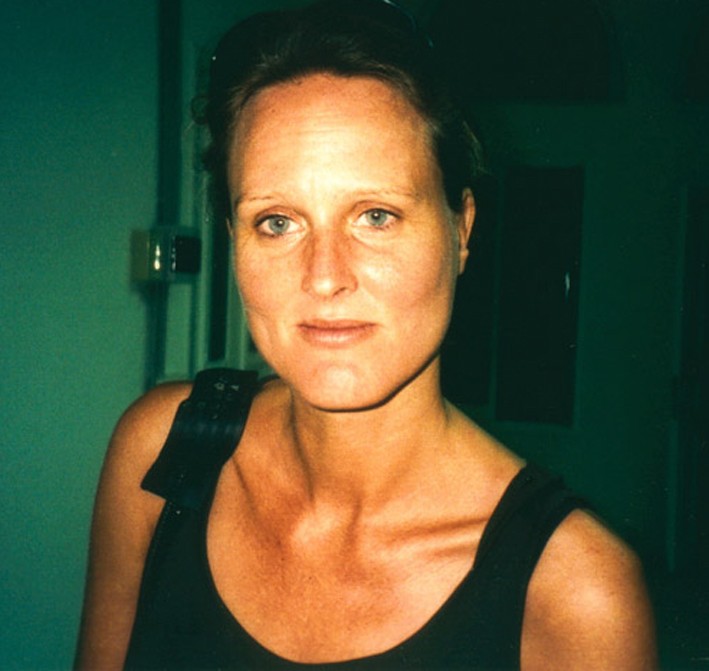
Massaker | Massacre by Monika Borgmann, Lokman Slim, Hermann Theissen
DEU/LBN/CHE 2004, Panorama

Massaker | Massacre by Monika Borgmann, Lokman Slim, Hermann Theissen
DEU/LBN/CHE 2004, Panorama

Monika Borgmann
Massaker | Massacre by Monika Borgmann, Lokman Slim, Hermann Theissen
DEU/LBN/CHE 2004, Panorama

Lokman Slim
Massaker | Massacre by Monika Borgmann, Lokman Slim, Hermann Theissen
DEU/LBN/CHE 2004, Panorama

Herman Theissen
Massaker | Massacre by Monika Borgmann, Lokman Slim, Hermann Theissen
DEU/LBN/CHE 2004, Panorama
The murderers of Sabra and Shatila went about their bloody business for three days and two nights, from 16 to 18 September 1982. When they had finished, they had slain between 1,000 and 3,000 Palestinian civilians – most of them women, children and the elderly. The exact number of victims, dead or missing, is still not known today. Many of the perpetrators were members of the “Forces Libanaises” – a Christian militia allied to Israel. The massacre was devised and planned by the Israeli army which, at the time, was under the command of Israel’s current president, Ariel Sharon.
Back in 1982, the world’s press was deeply shocked by this attack on Palestinian camps in the Lebanon but, today, the massacre has faded from memory. And yet the killings that took place in 1982 seemed to set an example for all the massacres that were to follow: in Rwanda, for example, or during the Balkan wars. And each time, the same unanswered questions seem to persist: what is it that drives people to execute such acts of excessive cruelty? And how can the perpetrators live on in the knowledge of their hideous deeds?
Both in terms of content as well as in its aesthetic approach, this film is a psychological and political portrait of six men who took part in the massacres at Sabra and Shatila. These men did what they did not only because they were following orders but also because they were acting of their own volition. Drawing a parallel between the protagonists’ psychological disposition and their political environment, the film uses the perpetrators’ narratives to address the phenomenon of collective violence per se.
Although the film does not seek to reconstruct the massacre of Sabra and Shatila, the interwoven narratives of the film’s six protagonists nevertheless provide a hitherto unpublished version of the events: that of the perpetrators.
Back in 1982, the world’s press was deeply shocked by this attack on Palestinian camps in the Lebanon but, today, the massacre has faded from memory. And yet the killings that took place in 1982 seemed to set an example for all the massacres that were to follow: in Rwanda, for example, or during the Balkan wars. And each time, the same unanswered questions seem to persist: what is it that drives people to execute such acts of excessive cruelty? And how can the perpetrators live on in the knowledge of their hideous deeds?
Both in terms of content as well as in its aesthetic approach, this film is a psychological and political portrait of six men who took part in the massacres at Sabra and Shatila. These men did what they did not only because they were following orders but also because they were acting of their own volition. Drawing a parallel between the protagonists’ psychological disposition and their political environment, the film uses the perpetrators’ narratives to address the phenomenon of collective violence per se.
Although the film does not seek to reconstruct the massacre of Sabra and Shatila, the interwoven narratives of the film’s six protagonists nevertheless provide a hitherto unpublished version of the events: that of the perpetrators.